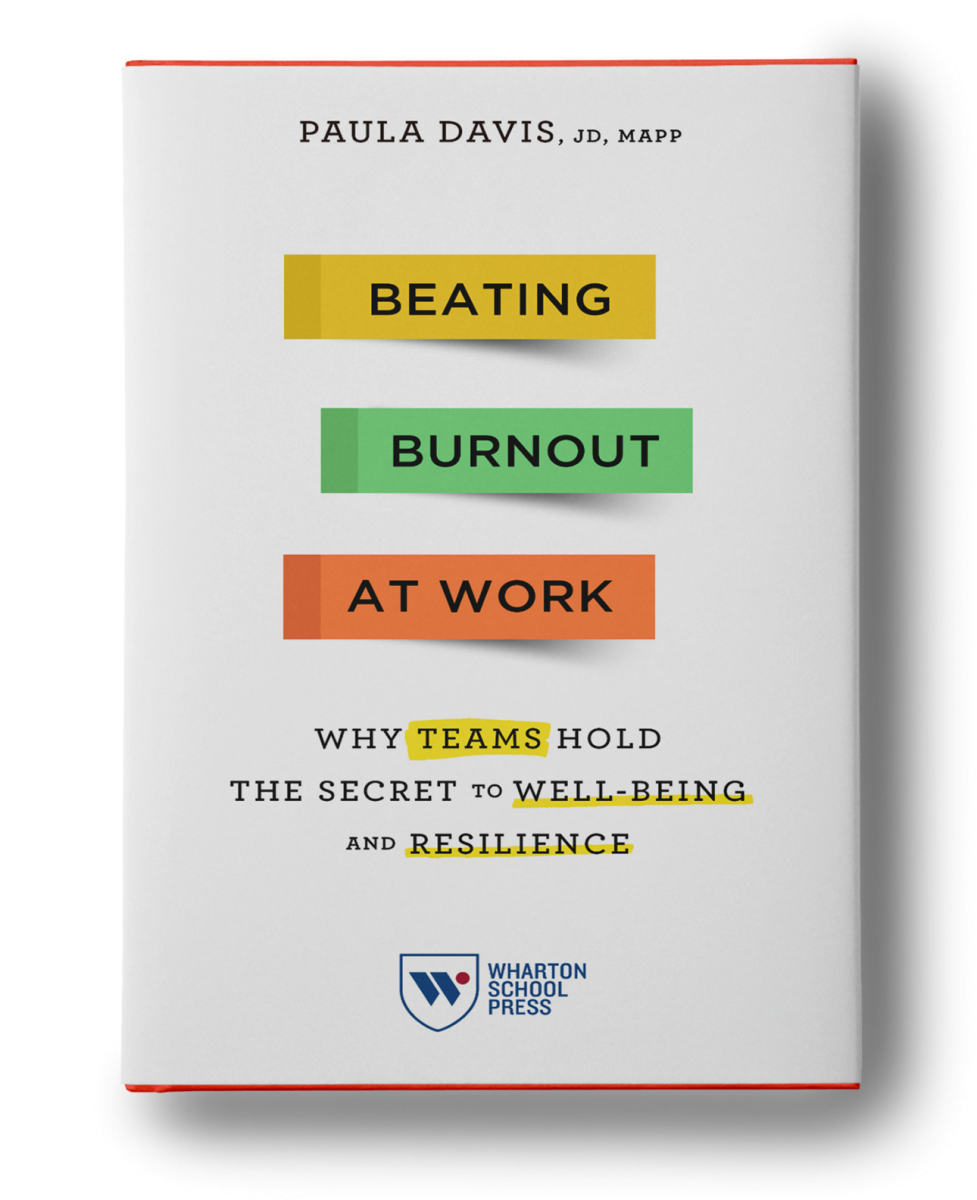New York Times article about Amazon’s culture not long after it was published.
My friend posted it on his Facebook page with the phrase, “Wow – not quite sure what to make of all this.” It piqued my curiosity because as a stress and resilience expert, I’m often asked to talk about ways companies can build more engagement and thriving at work, and my assumption has always been that Amazon was a company that “got it.” I settled in for a nice little Saturday morning read, and what I learned both surprised and saddened me. I said, “Are you kidding me?” so much and so loudly the dogs took cover behind the couch and my husband had to know what I was reading.
I have strong opinions about what it means to thrive at work. My parents owned a business for 15 years and built it from the ground up. I watched as they treated people at all levels with respect.
That respect came back to them in the form of lifelong friends, loyal employees, and more business than they could handle. That made a lasting impact on me and informs the way I run my own business. In my own career, I practiced law for seven years, aspects of which are not far from what was described in the Amazon article, before burning out. I now study the traits and characteristics that promote burnout and engagement in the workplace, and it’s frustrating to watch so many workplaces get it so wrong. Outdated management practices can be hard to change, but piles of research illustrate the benefits to companies when their employees are engaged.
Dr. Kim Cameron, a co-founder of the Center for Positive Organizational Scholarship at the University of Michigan, writes extensively about how to develop positive leadership. Positive leadership places an emphasis on what elevates individuals and organizations, what goes right in organizations, what is experienced as good and what is inspiring (Cameron, 2008).
Gallup research reveals that employee engagement affects nine performance outcomes. After looking at 49,928 business or work units, Gallup found that the top quartile units had 37% lower absenteeism, 25% lower turnover (in high-turnover organizations), 65% lower turnover (in low-turnover organizations), 48% fewer patient safety incidents, and 22% higher profitability.
More Gallup research shows that engaged employees are more loyal to the organization, willing to put forth discretionary effort, willing to trust and cooperate with others, willing work through challenges, and willing to speak out about problems. In fact, one group of engaged physicians were found to be 26% more productive than their less engaged peers, which resulted in an additional $460,000 on average in patient revenue per physician per year!
Simply using the word “together” can have a profound impact on how work teams operate. New research by Priyanka Carr and Gregory Walton shows that using social cues that signal an invitation for folks to work together can fuel intrinsic motivation even when people work alone.
Boosting engagement at work isn’t hard and doesn’t cost a lot of money. Here are four places to start.
Offer FAST feedback.
This acronym stands for Frequent, Accurate, Specific and Timely. I’ve since expanded the acronym to include another “F” – “Face-to-Face” and with the help of my colleague, Ann Brafford, another “S” – “Strengths-Based.” The Amazon article outlines an old GE method of thinning the herd – a rack and stack system where the lower tier talent is put on a performance improvement plan or immediately let go. FAST feedback allows employees to show up at more formal reviews knowing exactly where they stand with the hope that corrective action can be put into place far earlier in the process.
Use the ABC’s to motivate.
Autonomy, Belonging (connection to others) and Competence are the “ABC” components of Self-Determination Theory, a theory of motivation with decades of research supporting its efficacy. According to Self-Determination Theory, all human beings require regular experiences of autonomy, belonging and competence, and when we get these things in a high enough dose, it leads to thriving and positive motivation. In particular, motivation rooted in autonomy has been found to promote greater conceptual understanding, better productivity and less burnout at work, healthier lifestyles and behaviors, and higher levels of psychological well-being.
Get compensation right – then get it out of sight.
Dan Pink calls this the “Zen of Compensation” in his book Drive. Using external rewards, like money, to motivate typically become demotivating. According to Pink, “the best use of money is to take the issue of money off the table” (Pink, 2009). In order to build the Zen of Compensation, Pink advises using these compensation techniques: ensure internal and external fairness; pay more than average; and if you use performance metrics, make them wide-ranging, relevant, and hard to game.
Treat people with empathy and respect.
This is common sense, but as the Amazon article showed, common sense doesn’t equal common practice. I’m sure that some basic human decency, empathy, and respect would have gone a very long way with the Amazon employee who was put on a performance improvement plan before she could grieve the loss of her newborn and similarly with another employee mandated to travel for a business meeting the day after having a miscarriage.
Amazon is one of the most successful companies in the world from a bottom line standpoint, but clearly the people side of its business needs improvement. I get that the business world is competitive, and it’s getting more so with each passing year. That’s not going to change. This isn’t about making companies soft, it’s about getting the most out of the people at work and leaving them with a little left in the tank each night so they can enjoy their lives too. It’s about helping people build sustainability both inside and outside of work.
References:
Cameron, K. (2008). Positive Leadership: Strategies for Extraordinary Performance. San Francisco, CA: Berrett-Koehler Publishers, Inc.
Pink, D.H. (2009). Drive: The Surprising Truth about What Motivates Us. New York: Riverhead Books.
]]>
[/fusion_text][/fusion_builder_column][/fusion_builder_row][/fusion_builder_container]






